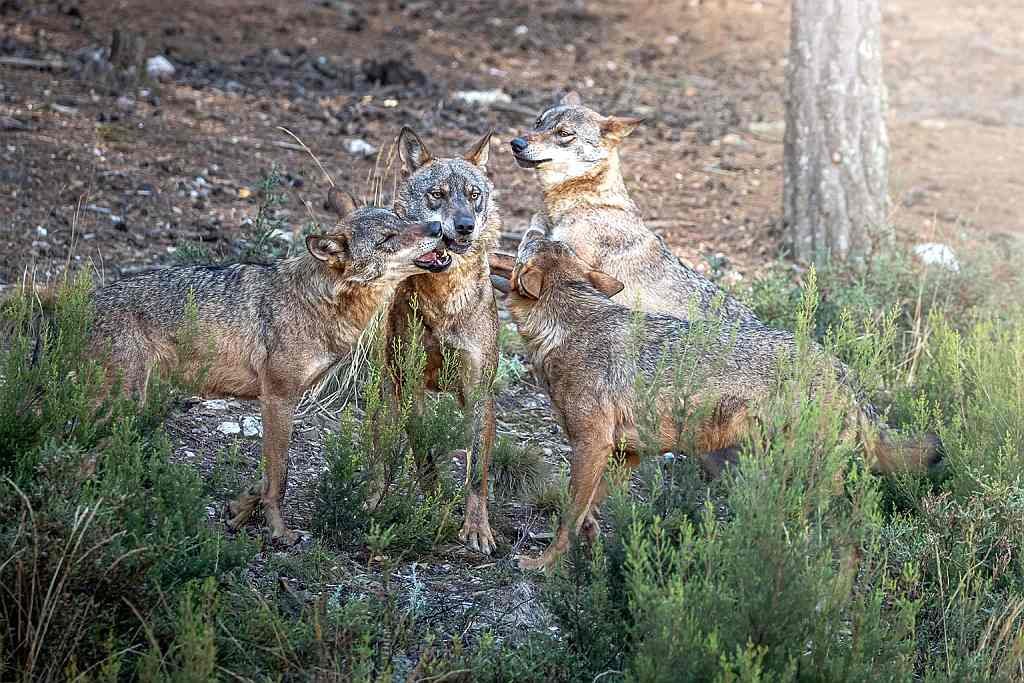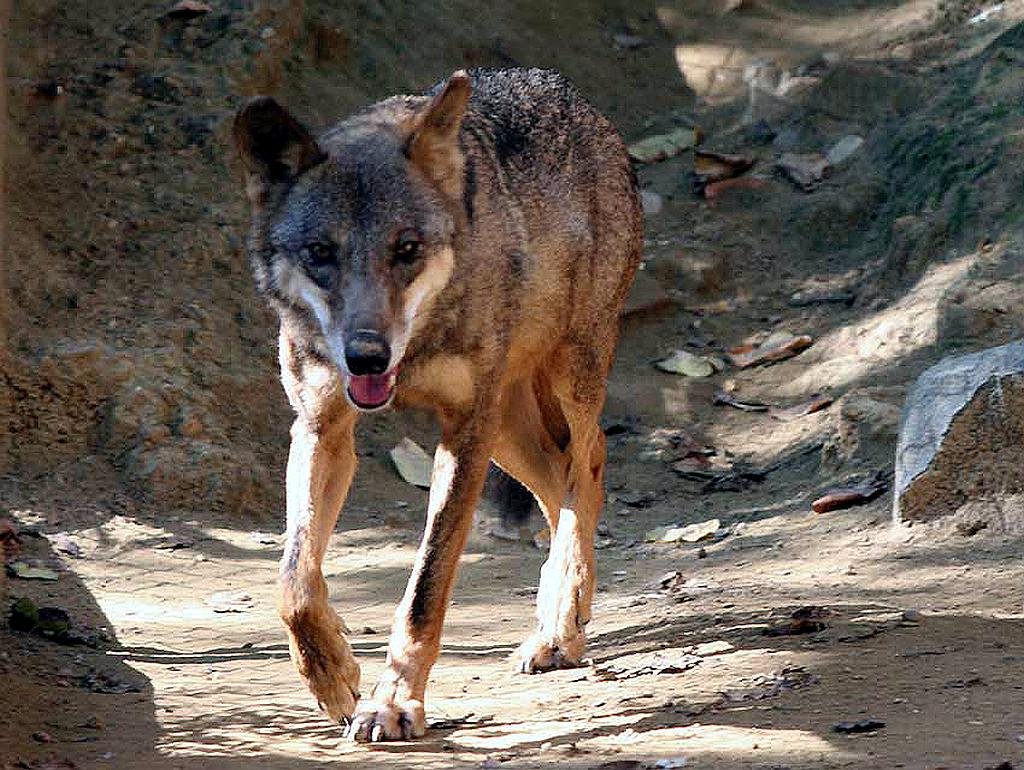The 2023 wolf population monitoring surveys published by the Andalusian government conclude that the Iberian wolf is extinct across the entire region. This is the first time the extinction of this iconic species, once a symbol of Andalusia’s mountains, has been officially acknowledged, though it may have been gone for years.
The wolf (Canis lupus signatus) has historically been one of the most representative species of Andalusia’s mountain ranges. However, according to the Wolf Monitoring and Conservation Programme carried out by the Ministry of the Environment of the Andalusian Government, it has been confirmed extinct since 2020.
Conservation Efforts and the Decline of the Wolf
Since 2003, the primary aim of the programme was to understand the distribution of the Iberian wolf in Andalusia, gather data about its population dynamics, compensate for livestock damages, reduce conflicts with local communities, and, overall, ensure the species’ survival by encouraging its expansion into more favourable and less conflict-prone areas.

I’ve been living in this lovely area of Western Andalucia for the last 20 years or so and dedicate most of my time to the running of English language tourist information websites for the towns of Cádiz, Ronda, Grazalema, the famous or infamous Caminito del Rey, and also Wildside Holidays, which promotes sustainable and eco-friendly businesses running wildlife and walking holidays in Spain. My articles contain affiliate links that will help you reserve a hotel, bus, train or activity in the area. You don’t pay more, but by using them you do support this website. Thankyou!


